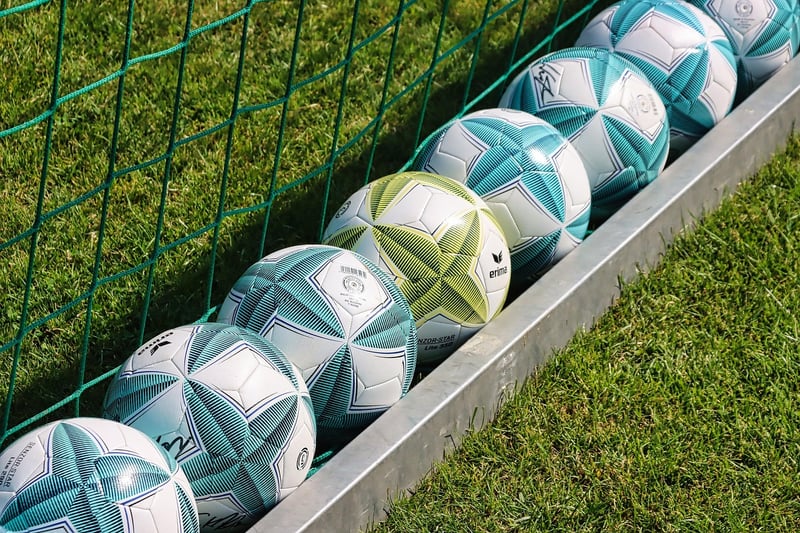Spacewalk Practice
Preparing for Off-World Missions: Spacewalk Practice
As humanity ventures further into the cosmos, the need for astronauts to conduct spacewalks becomes increasingly crucial. Spacewalks, also known as extravehicular activities (EVAs), are essential for constructing, repairing, and maintaining spacecraft and space stations. To ensure the success and safety of these missions, astronauts undergo rigorous training, including spacewalk practice.
Why Spacewalk Practice is Essential
Spacewalks are conducted in the unforgiving environment of outer space, where astronauts are exposed to extreme temperatures, vacuum conditions, and micrometeoroids. Practicing spacewalks on Earth allows astronauts to simulate these conditions and familiarize themselves with the tools and procedures they will use in space. This preparation is vital for ensuring that astronauts can perform their tasks efficiently and safely while in orbit.
Simulating Spacewalks
Space agencies have specialized facilities where astronauts can simulate spacewalks. One such facility is the Neutral Buoyancy Laboratory (NBL) at NASA's Johnson Space Center, where astronauts train underwater to replicate the weightlessness of space. This underwater environment closely mimics the sensation of working in microgravity and allows astronauts to practice using tools and conducting experiments just as they would in space.
Challenges of Spacewalk Practice
Spacewalk practice presents unique challenges to astronauts. They must learn to maneuver in their bulky spacesuits, manage their tethers to stay connected to the spacecraft, and operate tools designed for use in space. Additionally, astronauts must be prepared for unexpected situations, such as equipment malfunctions or emergencies, and be able to respond calmly and effectively under pressure.
Benefits of Spacewalk Practice
While spacewalk practice is demanding, it offers numerous benefits to astronauts. By honing their skills in a simulated space environment, astronauts build confidence in their abilities and develop the muscle memory needed to perform complex tasks in space. This training also fosters teamwork and communication among crew members, ensuring that they can work together seamlessly during actual spacewalks.
Conclusion
Spacewalk practice plays a crucial role in preparing astronauts for off-world missions. Through simulation and training, astronauts can enhance their capabilities, mitigate risks, and ensure the success of their spacewalks. As we look to the future of space exploration, continued practice and innovation in spacewalk training will be essential for the advancement of human spaceflight.

For more information on spacewalk training and off-world missions, visit NASA's Astronauts Page.
